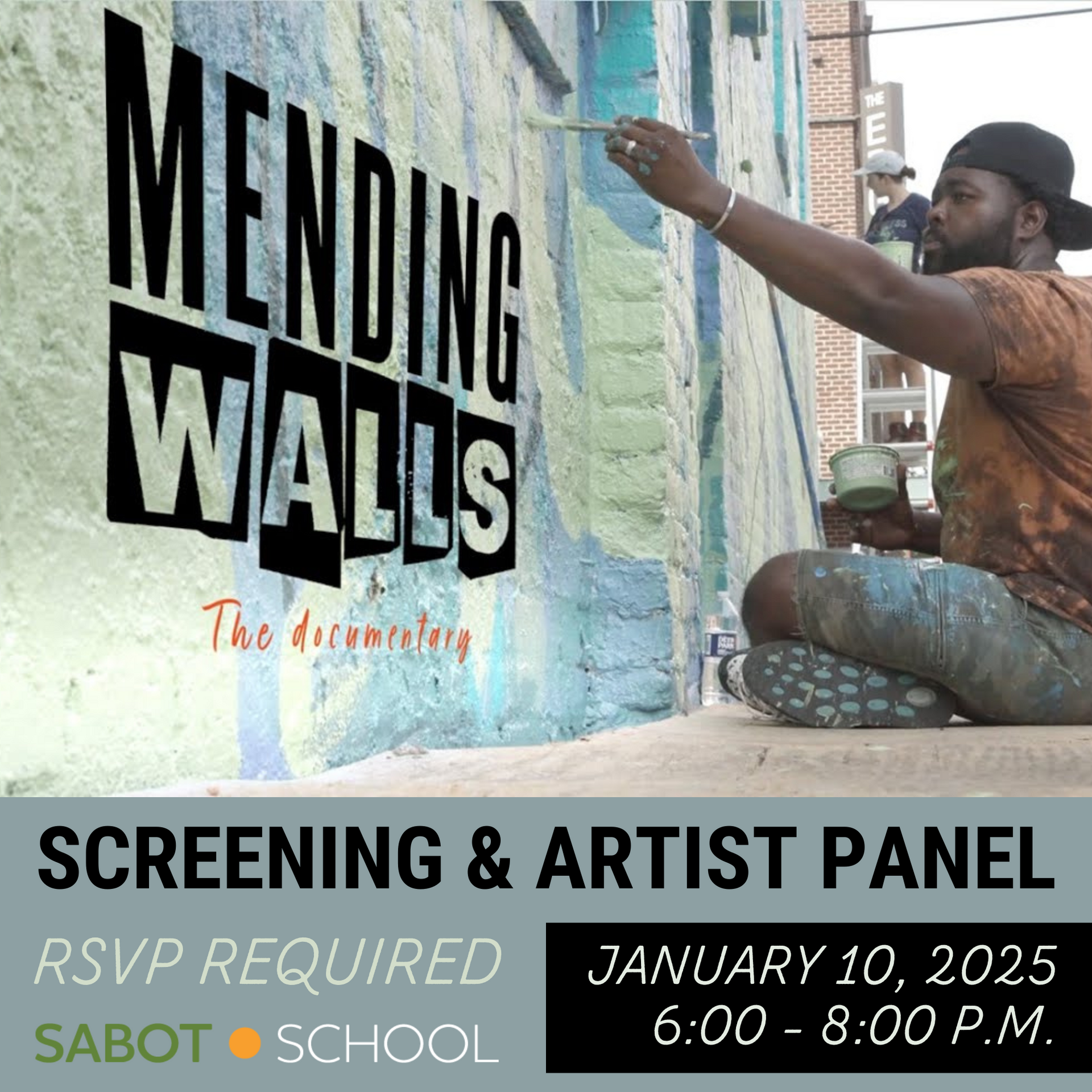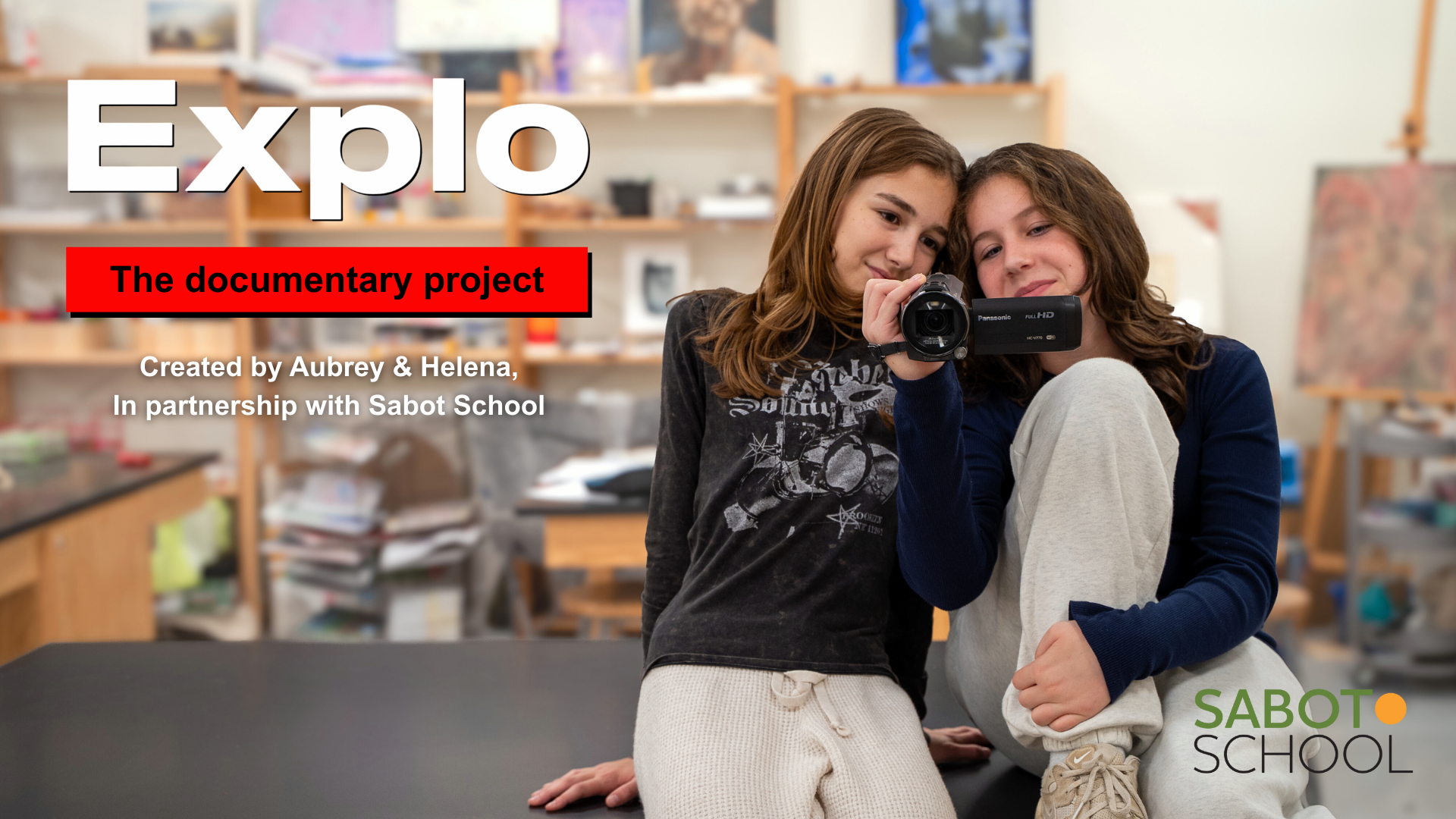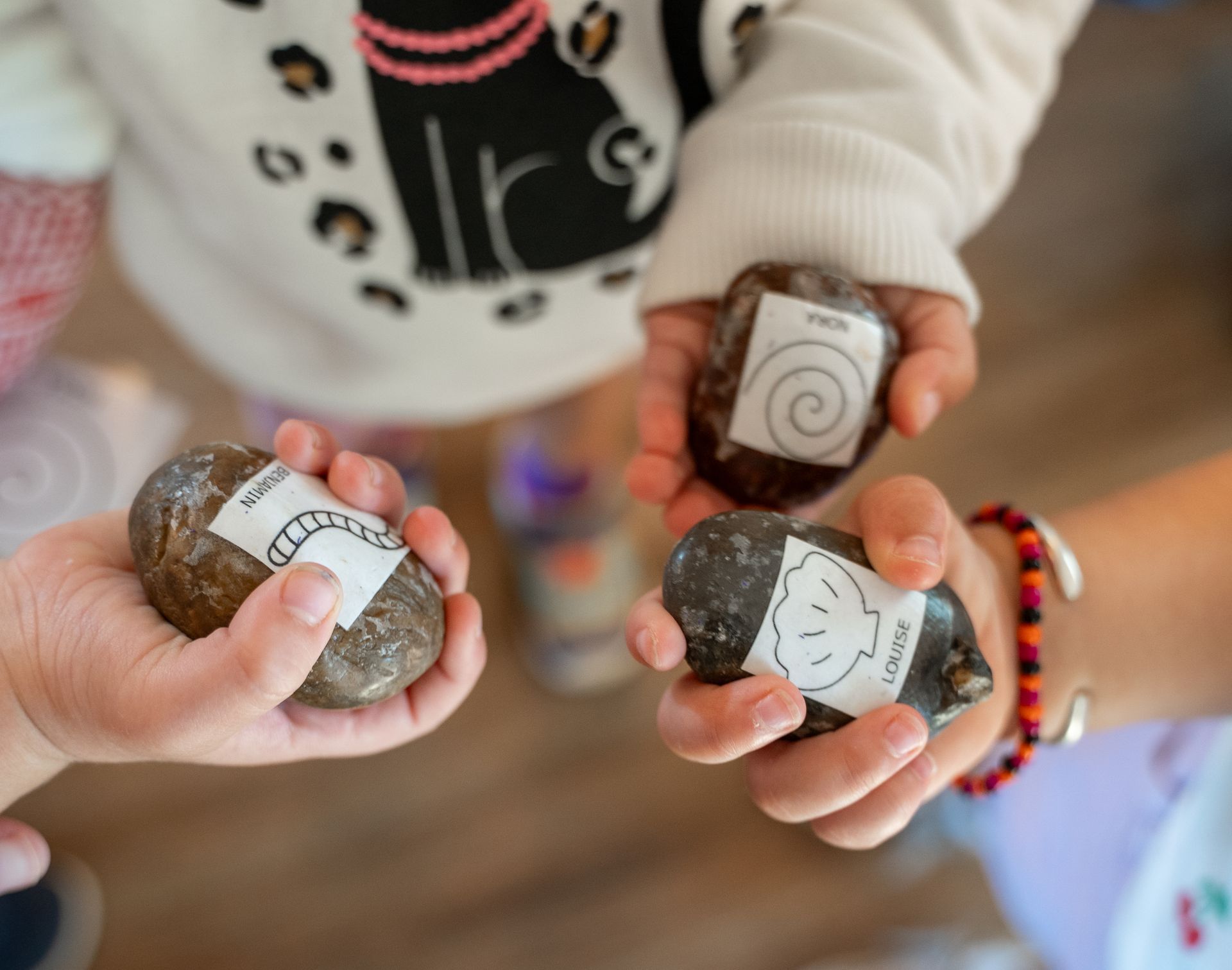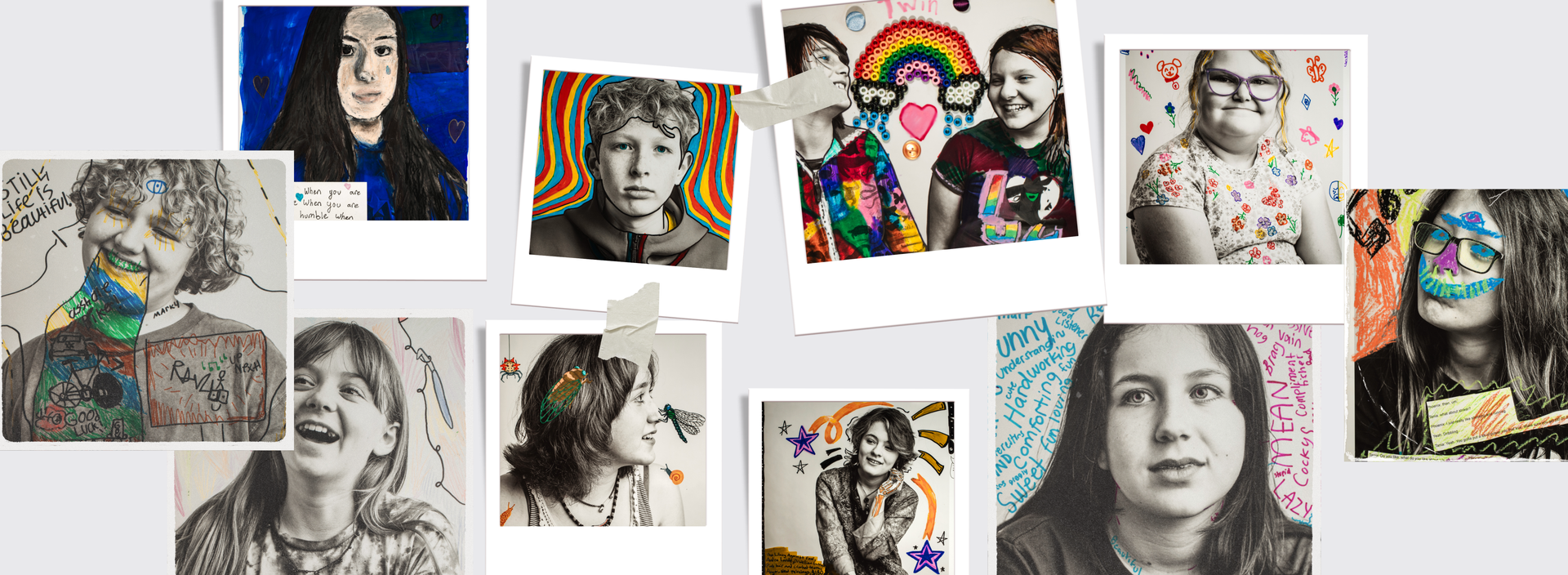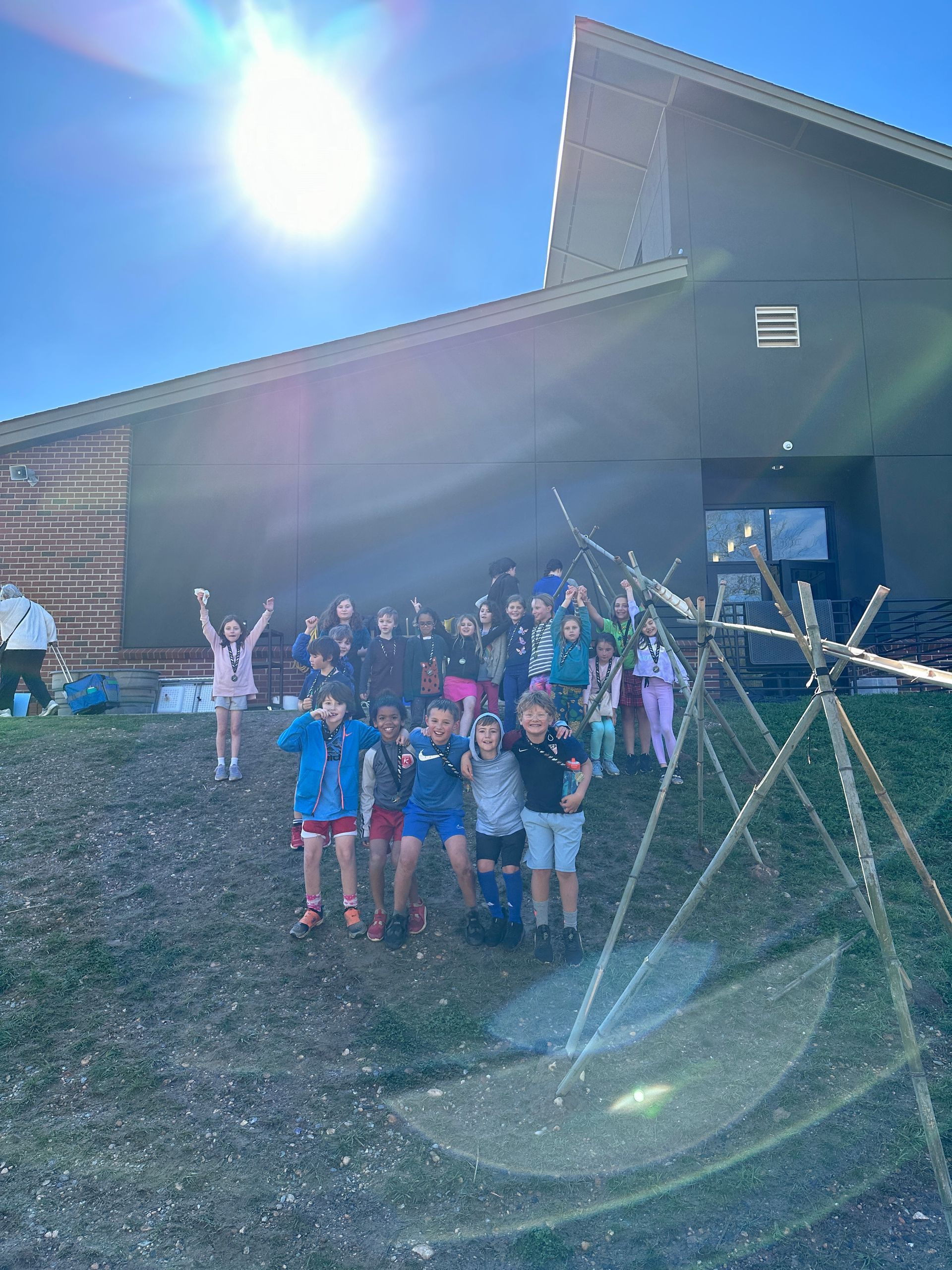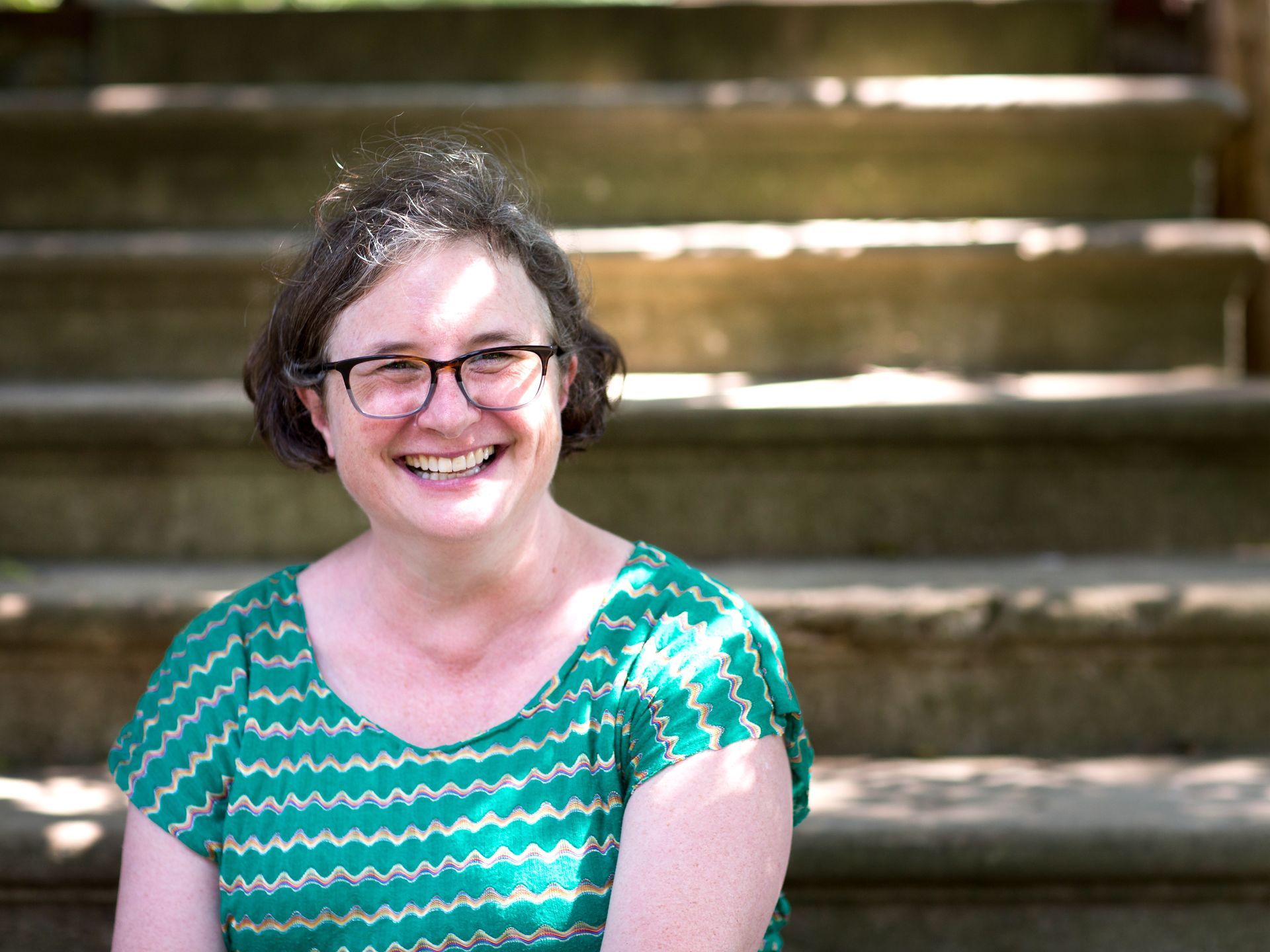Listening to Reveal Children’s Thinking About the Coronavirus
by Lisa Kelly & Fran Withrow, Preschool Teacher-Researchers
As we began our connected learning experiences, we noticed how often the children brought up the coronavirus, often randomly commenting, “you know there is a virus,” or “people are getting sick”. While our impulse was to protect the children from the worrisome news, we began to understand that the children were telling us they already knew some information and needed to talk about it.
To explore this topic, we needed to do so together, carefully, and with an emphasis on listening. Our job was not to fill their minds with news reports but to reveal their thinking. How could we help them make better sense of what was happening? If we were in the classroom, we would begin asking questions during morning meeting or by pulling together a small group to begin thinking together. How could we use our new virtual small groups to explore this sensitive topic?
Change
We introduced the concept of Change through web albums to gradually begin to explore how all of our lives were different now than they were before we left school for spring break. By thinking together about all of the different ways the world changes, for better or not, we knew we would stumble upon some wonderings about the new virus and feelings about the requirement to stay home.


Creating Our Own Change
We explored the ways we can create positive change in our own lives, which helps us feel empowered during a time when so many things feel limited. The prompt to look for ways to create more kindness invited children to respond in many ways: One student found a way to share happiness by drawing a huge sign for her neighborhood on her street. Another sent a letter filled with love to her neighbor. One started with change in her own home by helping her dad by cleaning and vacuuming. And another set her sights on creating global change by creating her own cure for the coronavirus made from tears, soap, and hand sanitizer, among other things.



Masks
After setting the stage with exploring change, we felt confident that the children were thinking about the coronavirus and perhaps looking for ways to talk about what they knew. We decided to prompt the children to think about wearing masks – an item that represents change, is associated with the virus, and is likely present in their lives. We brought masks to small-group and put them on.
Why do we wear masks?
Younes: It keeps OTHER people from getting sick.
Jace: You sneeze and it doesn’t get on other people… the virus.
Amira: Maybe because of the flu?
Charlie: There is a virus. I don’t like the virus.
Roman: The virus could get out. Some people can go outside and they don’t even wear a mask!
Charlotte: It keeps you safe. It keeps the virus out of the body.
How does the mask keep the virus out?
Charlotte: Well, the mask is on and the virus comes along and it just bounces off the mask.
Amira: It’s going all around the world. Nobody can go to school, not in Italy or England or India or Japan or anywhere! Everyone across the whole world is staying home because of the virus. People have to stay at home for a long time. I get to see you on a computer. I miss friends and I can see them but I can’t go near them. You can’t hug or kiss people but you can blow kisses on the screen.


Co-constructing Understanding
Over time, the small groups became more comfortable talking about what they had heard about the virus, sometimes with heated exchanges. Children learned to listen to each other and examined information they felt they understood from trusted grown-ups and the news. Instead of correcting them, we asked them to consider different points of view and offered careful questioning. This provided a safe way for them not only to think more deeply about their assumptions but also to refine their understanding by critically examining their beliefs. The children were co-constructing their understanding, a process that brought them both disequilibrium but also new insights about their world. When friends felt they could challenge each other and even disagree, we knew our virtual classroom was working!
What do you know about the virus?
Younes: The coronavirus stays there so we have to stay in the house forever. They look like balls. They go through your body and through your eyes and ears.
Jace: NOT YOUR EARS! The virus doesn’t come from your ears.
Younes: Yes it does. It comes through EVERYTHING!
Then why do we only wear a mask on our mouth and nose?
Younes: It comes from your WHOLE HEAD! The mask covers your nose and you need a mask for your head. Then nothing will happen to you.
Jace: I only have one mask. (They continue to argue whether the virus comes through your ears.)
Younes: That’s incorrect. Incorrect means… not …
Does it mean ‘not right?’
Jace: I want to tell you all the things Younes said that are incorrect. It does not come out your ear. It does not come out of your head and all that stuff. I’m mad.
We are listening to each other and sharing opinions. It’s ok to feel frustrated when opinions differ.
Drawing and Dialogue Reveals the Children’s Thinking
By using the language of drawing to represent their theories about the virus, children are invited to turn their ideas around and take a close look at them. Does this make sense? What do I still need to know to understand this concept better? Drawing brings these questions to the surface.
What does the virus look like?
Charlotte: It comes through your eyes, your nose, and your mouth. They are invisible, gross things that only scientists can see because they have microscopes.
I see. Charlotte, how do viruses move around?
Charlotte: They have really tiny legs that you can barely see.
Makena: These are the arms and these are the feet and this is the tooth and it doesn’t have eyes.
What does it do with all of those arms?
Makena: That’s how it climbs into bodies. It just stays in your body forever and the people try to get it out but they can’t.
You have lots of circles. What are they?
Roman: Oh they are the germs. The germs come off the coronavirus so the coronavirus just grows more right away so it can go to another person and then another and another and another and another to the whole whole whole whole world has it.






As co-construction continues, theories are refined and big ideas emerge. Thinking together about the size and function of the virus leads to new insights. Questions, not corrections , lead the children to a more thoughtful understanding of novel concepts and strengthens skills critical for problem-solving.
Last week Charlotte said that the virus was so small that you can’t see it with your eyes and you need a microscope to see it.
Juno: Un hmm, but my Mom showed me on her computer and it was big when I saw it on her computer.
Amira, if the virus is really big then how does it get inside your body?
Amira: Well if you open really wide it comes into your body…like this (opens mouth really wide)
So… if the virus is big enough to see, you have to open your mouth really big to let the virus come in?
Amira: Yeah it depends on how big your mouth is. If you are a kid you would have to open really wide.
So you have to have a big mouth to get this virus?
Amira: Yeah. Can you open your mouth really big? (both Juno and I open our mouths big)
Juno, what is your theory on how the virus gets in the body? Is the virus you are drawing really big or small?
Juno: Well, it’s really small. I drawed it really big so you guys can see it.
That makes sense, if you drew it the size it really is then we wouldn’t be able to see it! What is your theory?
Amira: The virus is tiny as you would be to the universe. You would be a tiny dot in the universe.
How do you think it would make somebody sick?
Amira: I’m thinking that it’s so tiny that when your mouth is closed it can get into your mouth when it gets closed. The virus can get into your mouth.
And then what does it do? Once it’s in your mouth?
Amira: Well it has germs and little germs can get to you. I’m not going to get the virus. You have to sleep well, eat well, play. I sleep in every morning and I have dreams.
Over time, Amira and Juno were able to refine their thinking often arriving at very different insights from where our conversations began. Our role as teachers was to help the class slow down, respect the children’s thinking, and scaffold learning through listening. This process helped the class not only to think more deeply about the coronavirus but also to cope with a topic that feels distressing at times. When children feel supported to take risks in posing theories or asking questions, they learn to become more flexible, creative, and tolerant of the ideas of others.
The questions will continue, and their theories will change as the children change. We are still discovering more about the virus and modifying our response. Our virtual classroom has provided a safe harbor for wondering and playing around with theories, but more than anything, it is a place to connect.
The post Listening to Reveal Children’s Thinking About the Coronavirus appeared first on Sabot at Stony Point.
SHARE THIS POST
